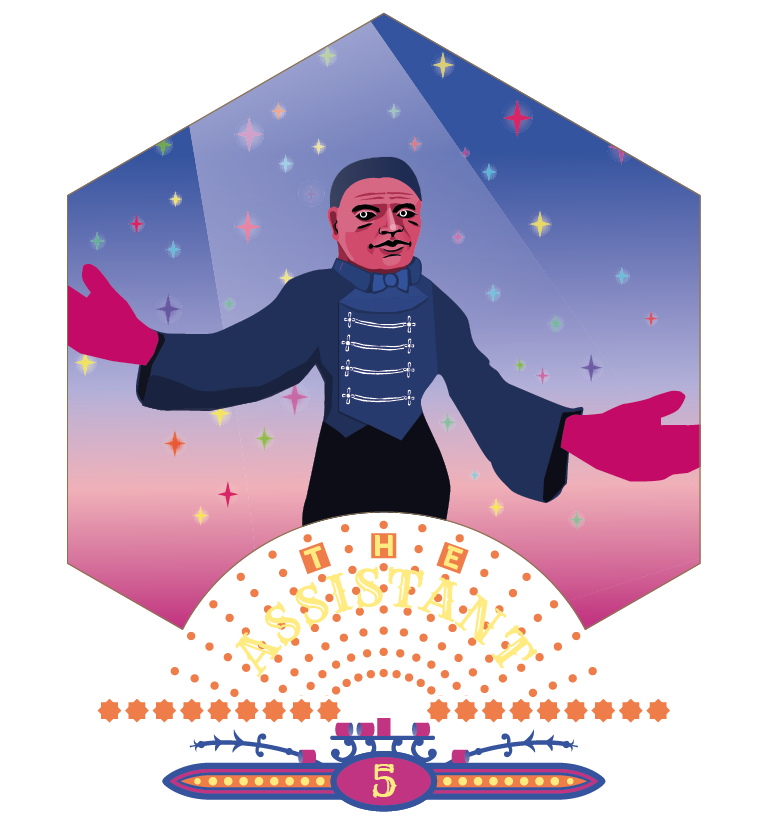
He had spent a lot of time in different fields. He was interested in all of them: from the carousels to the magic shows. The time with the great magician Sebastian von Schwanenfeld was what he remembered best. He knew he had to keep the ball rolling, in order to keep people entertained. So he started with a carousel but quickly moved on to open restaurants and other establishments. The carousel was called “zum schwarzen Rössl” (to the black horse) but everyone simply called it “großer Chineser” (the great Chinese man). This was due to the giant statue of a chinese man that made up the middle section – the trunk so to speak – of the ride. He had replaced the two horses with steam locomotives, which he called “Hellas” and “Peking”, to spark up business.
One thing he had learned from Sebastian, was to always invite other people in, with open arms. Be a good host, then people will come. So it became his thing, standing in front of his establishments, showing people in. Even after his death he continued to stand there, next to the Chinese figure. But soon the visitors didn’t ask about him anymore. Other topics became more important, the great war being one of them and then another war. And when his carousel was destroyed during the second, Basilio was soon forgotten. Nothing remained that he could be remembered by.
Until, one day, when a curious creature walked past one of the Chinese men. And then past another one. And then, they stood in front of a figure, open arms held up high, a smile that had lost none of its familiarity over the almost 200 years, since it first made its appearance in the Prater. Basilio Calafati’s grumpiness was swept away with a breeze of thrill and excitement that was brought by this curious creature, in search of fun and entertainment.
